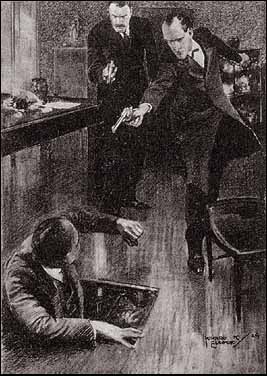
I have been keeping up with the Chronological Sherlock Holmes Challenge, but I haven’t posted reviews for the stories I’ve read since my last update in January:
- “The Problem of Thor Bridge”: Holmes investigates the mysterious “murder” of Maria Gibson. Things look bad for her husband, especially when Holmes discovers Neil Gibson had fallen in love with his child’s governess and the alleged murder weapon was found in her room.
- “The Adventure of the Priory School”: School principal Dr. Thorneycroft Huxtable seeks Holmes’s help in finding a missing pupil, Lord Saltire.
- “The Adventure of the Sussex Vampire”: Robert Ferguson, believing his Peruvian wife is a vampire, writes to Holmes for help after he believes his wife has tried to suck their baby’s blood.
- “The Adventure of the Six Napoleons”: Shattered busts of Napoleon might not seem to be of much consequence, but Lestrade is puzzled and seeks Holmes’s help on the suspicion that there is more to the odd cases of vandalism. He’s right.
- “The Adventure of the Three Garridebs”: Nathan Garrideb writes Holmes seeking his help. If he can find a third man with the last name Garrideb, he stands to inherit a lot of money.
- “The Disappearance of Lady Francis Carfax”: Holmes sends Watson to continental Europe to start searching for Lady Francis Carfax. Holmes fears for her life, but Watson is quite out of his element without the help of the detective.
I liked all of these stories. Two dealt with the friction between older siblings and younger siblings. Yet again, Conan Doyle can’t seem to write about people from other countries without being racist or inaccurate. I think he should have avoided trying to write about Americans. He just can’t get them right. And it seems like anytime he has a black or brown character, they have some “primitive” qualities. Two women in these stories come from South America, and Conan Doyle’s description of them made me roll my eyes. Laying those issues aside, though—not to say they’re insignificant but more a sign of the times in which they were written—I’d say pretty much all of these stories are four-star stories. Two stories are mentioned in BBC’s Sherlock: “The Three Garridebs” comes up in “The Final Problem,” when Sherlock has to identify which of the three Garrideb brothers committed a murder or his sister Eurus will kill them all, which she does anyway after Sherlock determines which one is the murderer. “The Six Napoleons” is referenced in “The Six Thatchers,” though the reason for the smashed busts of Margaret Thatcher are more interesting than the reasons for the smashed busts in of Napoleon.
“The Three Garridebs” is interesting for another reason. Watson is wounded, and Holmes freaks out and betrays the tiniest bit of concern. Watson thinks he could probably live on that little glimmer of emotion for the rest of his life.
It was worth a wound—it was worth many wounds—to know the depth of loyalty and love which lay behind that cold mask. The clear, hard eyes were dimmed for a moment, and the firm lips were shaking. For the one and only time I caught a glimpse of a great heart as well as of a great brain. All my years of humble but single-minded service culminated in that moment of revelation.
Get a grip, Watson.
Rating:




 I read these stories as part of the Chronological Sherlock Holmes Challenge. They are the 48th-53rd stories in the chronology (time setting rather than composition). Next up is “The Adventure of the Illustrious Client.”
I read these stories as part of the Chronological Sherlock Holmes Challenge. They are the 48th-53rd stories in the chronology (time setting rather than composition). Next up is “The Adventure of the Illustrious Client.”
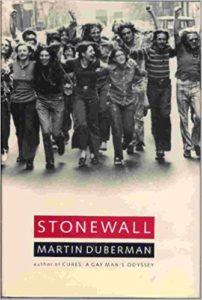 Stonewall by
Stonewall by 

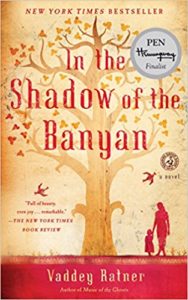 In the Shadow of the Banyan by
In the Shadow of the Banyan by 


 Alias Grace by
Alias Grace by 


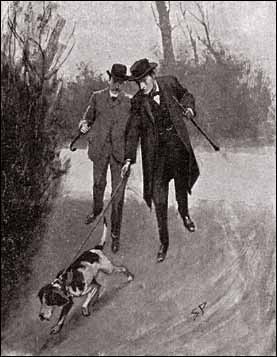
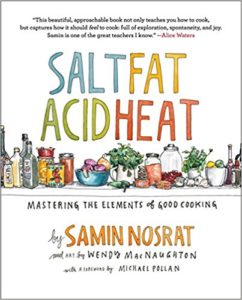 Salt, Fat, Acid, Heat: Mastering the Elements of Good Cooking by
Salt, Fat, Acid, Heat: Mastering the Elements of Good Cooking by 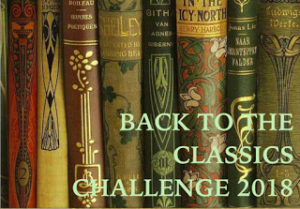
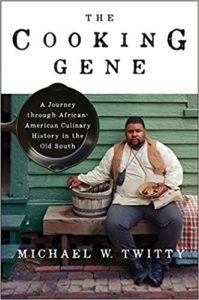 The Cooking Gene: A Journey Through African American Culinary History in the Old South by
The Cooking Gene: A Journey Through African American Culinary History in the Old South by 
